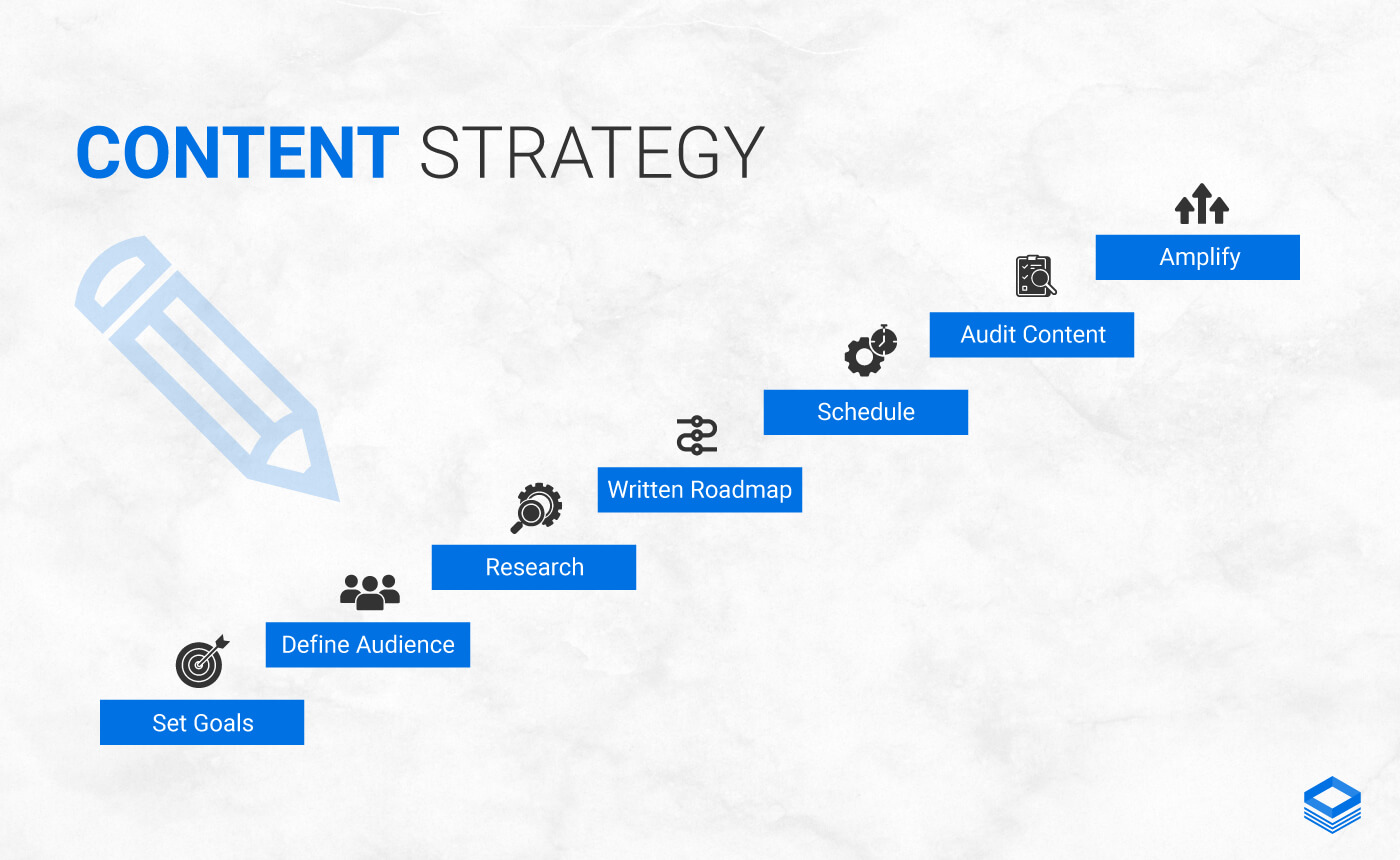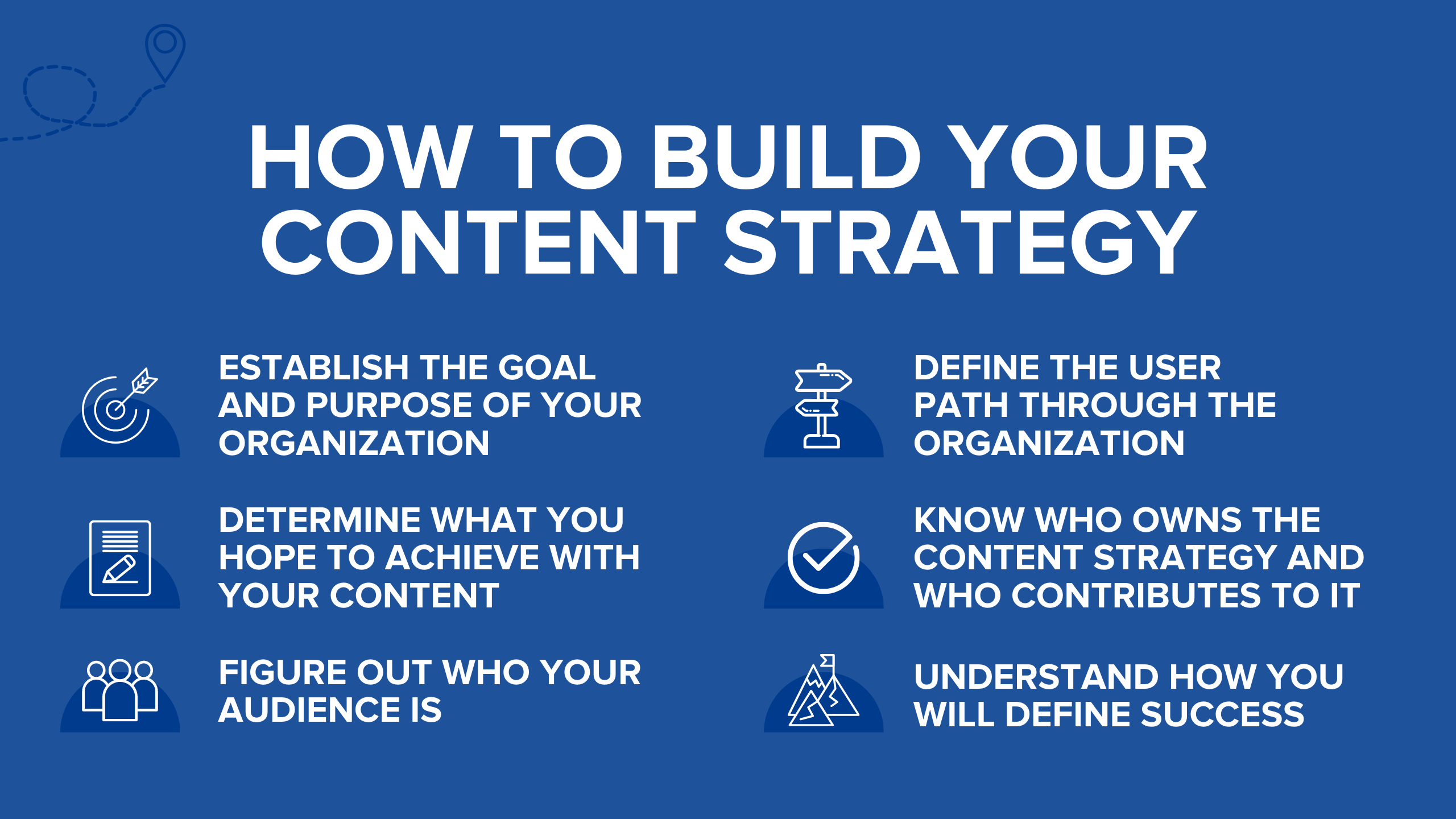Find the Best Content Strategy Agency for Your Distinct Brand Goals
Gauging the Success of Your Web Content Approach: Essential Metrics to Track
In the realm of electronic advertising, the effectiveness of a material technique is frequently determined with numerous metrics that show both reach and influence. While web traffic metrics provide a fundamental understanding of audience engagement, it is the mix of engagement and conversion metrics that really discloses the deepness of web content resonance and its monetary implications.
Web Traffic Metrics
In the world of content approach, recognizing traffic metrics is important for examining the efficiency of electronic campaigns. These metrics provide insights into user actions, helping companies identify the reach and impact of their web content. Trick website traffic metrics include page sights, special visitors, and session duration, each offering distinct point of views on target market involvement.
Web page sights indicate the overall variety of times a page has been seen, while one-of-a-kind site visitors gauge the number of distinct individuals accessing the web content, hence eliminating duplicate counts. Tracking these two metrics together allows for a detailed understanding of material usage patterns. Furthermore, session period exposes the length of time individuals are connecting with the web content, giving understandings into its relevance and interaction level.
Analyzing web traffic resources is additionally important; it aids determine where visitors are coming from, whether natural search, social media, or references. This information is essential for refining advertising techniques and maximizing content circulation networks. By concentrating on website traffic metrics, companies can gauge the presence of their web content, recognize patterns, and make informed choices to boost general material technique effectiveness. In recap, website traffic metrics serve as foundational indicators that guide tactical modifications and foster constant enhancement.
Interaction Metrics
While web traffic metrics provide valuable understandings right into customer reach and actions, involvement metrics use a much deeper understanding of exactly how audiences interact with material once they show up. These metrics are vital for examining the quality of individual interactions and the total performance of a material approach.
Scroll depth determines how far down the page customers scroll, giving insights into material structure and readability. Social shares suggest the degree of vibration with the audience, highlighting material that triggers individuals to share with their networks.
In addition, comments and user-generated web content can work as indicators of target market interest and involvement. High engagement degrees often correlate with raised brand loyalty and advocacy, as users who interact with content are much more likely to endorse the brand and keep in mind.
Conversion Metrics
Exactly how effectively does your material drive preferred activities from your target market? Conversion metrics are crucial for examining the effectiveness of your web content method in persuading customers to take certain activities, such as registering for an e-newsletter, making a purchase, or downloading a resource. By tracking these metrics, you can establish the return on financial investment (ROI) of your material initiatives and determine areas for renovation.
Trick conversion metrics consist of conversion price, which determines the portion of site visitors who complete a desired action, and the average order worth, which indicates the typical amount spent by clients. Furthermore, tracking list building metrics, such as the number of leads acquired through web content, can supply insight right into the efficiency of your content in nurturing prospects down the sales funnel.
An additional important metric is consumer acquisition expense (CAC), which evaluates the total expense connected with acquiring a brand-new customer via your content initiatives. Content Strategy Agency. By analyzing these metrics, you can make data-driven choices to maximize your content approach, refine your messaging, and boost calls-to-action, ultimately bring about enhanced conversions and service growth
Search Engine Optimization Efficiency

First, organic traffic works as a primary sign of search engine optimization success, reflecting the number of site visitors getting to your website with internet search engine results. Assessing natural traffic patterns over time can expose the performance of your optimization efforts.
2nd, keyword rankings are essential as they suggest how well your web content carries out for look at these guys targeted search terms (Content Strategy Agency). Monitoring changes in positions can help you fine-tune your key words approach and prioritize content renovations
Third, click-through price (CTR) is important, as it gauges the percent of individuals that click your link after seeing it in search results. A high CTR shows that your titles and meta descriptions are engaging and relevant to customer questions.
Social Network Influence
What duty does social media play in boosting web content approach metrics? Social media site serves as a powerful amplifier for material distribution, dramatically influencing reach, brand, and involvement awareness. By tracking social networks metrics such as shares, likes, comments, and overall interaction prices, organizations can evaluate the effectiveness of their content strategy and recognize what reverberates with their target market.
In addition, social media sites systems give beneficial market insights, permitting business to tailor content to details target market segments. Keeping track of referral website traffic from social networks to the website also aids in recognizing the conversion possibility of social networks projects. The correlation between social networks communications and internet site efficiency can expose the performance of web content in driving customer actions.

Conclusion
Finally, gauging the success of a material strategy requires a comprehensive analysis of different metrics. Web traffic metrics disclose the reach of web content, while interaction metrics offer insights into audience interaction. Conversion metrics analyze the economic effects of content initiatives, and search engine optimization efficiency suggests exposure in online search engine. Moreover, examining social networks impact highlights the performance of material circulation. Jointly, these metrics assist in informed decision-making and optimization of web content methods to achieve wanted results.
While web traffic metrics give a fundamental understanding of target market interaction, it is the mix of involvement and conversion metrics that really reveals the depth of material resonance and its monetary ramifications. By published here concentrating on web traffic metrics, companies can assess the exposure of their material, determine patterns, and make informed decisions to enhance overall web content strategy effectiveness. By tracking social media metrics such as shares, likes, comments, and this contact form general interaction prices, companies can determine the performance of their web content strategy and identify what resonates with their audience.
In summary, leveraging social media effect metrics not only improves the understanding of material performance yet additionally notifies future web content production, making certain positioning with target market preferences and making the most of overall approach efficiency.
